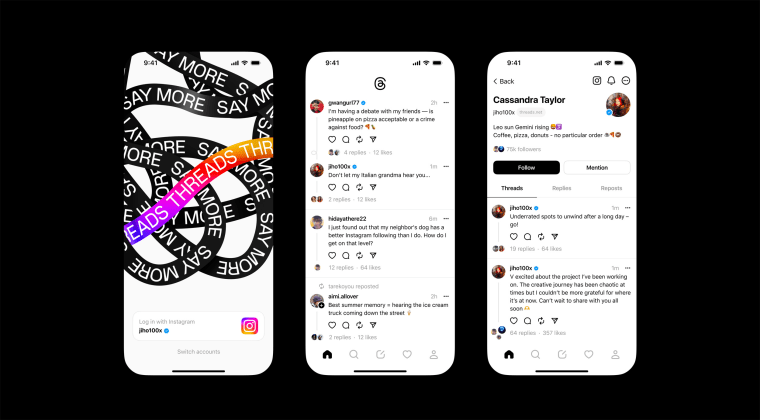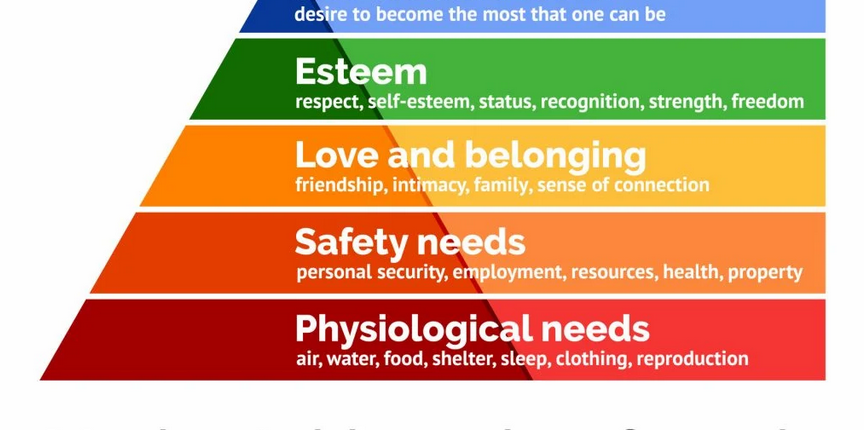The Art of Landing Pages and Home Pages
If you are involved in digital marketing, you’ve often heard the terms “landing page” and “home page.” But what are they exactly? Are they interchangeable or serve distinct purposes in a successful digital marketing strategy? And how can you optimize both to drive customer engagement and conversions? Let’s dive in and explore these topics.
What is a Home Page?
The home page is the digital ‘front door’ of your business. Visitors typically see the first page when they type your business URL into their browser. Its primary purpose is to provide an overview of your business and guide visitors to other sections of your website through navigation menus.
The home page must be comprehensive and appealing, as it serves a wide range of purposes – from informing first-time visitors about your brand and offerings to providing regular updates for returning customers. It’s a general-purpose page that links to all other important areas of your site.
What is a Landing Page?
A landing page, on the other hand, is a more targeted web page crafted with a single goal or call to action (CTA) in mind. It’s where a visitor ‘lands’ after clicking a specific link from an email, advertisement, or search engine result. These pages are often used in marketing campaigns to guide visitors toward a particular action, like signing up for a newsletter, purchasing, or filling out a form.
Unlike a home page, a landing page is designed to limit the options available to visitors, removing distractions and focusing their attention on the desired action. This focused approach can significantly improve conversion rates.
The Key Differences
While both landing pages and home pages are critical parts of any website, their purposes, audiences, and structures are distinct. Here are the key differences:
- Purpose: The home page gives an overview of your business, while a landing page is focused on a single conversion goal.
- Audience: The home page caters to a wide audience, including new and returning visitors. In contrast, a landing page is created for a specific segment of your audience who’ve shown interest in your ads or marketing emails.
- Structure: The home page has a navigation menu linking to various sections of your website. A landing page has minimal navigation to reduce distractions and guide visitors to the CTA.
How to Excel at Both
Here are 3 of the best practices to excel at home pages:
Clear Navigation: Your home page should be easy to navigate, with clear menus that guide visitors to important areas of your website.
Compelling Value Proposition: Showcase your unique offerings and what makes you stand out. Your home page should quickly convey who you are, what you offer, and why visitors should choose you over competitors.
Engaging Design: An aesthetically pleasing design, combined with compelling content, can create a positive first impression and increase the time visitors spend on your website
Now that we’ve talked about the home page’s best practices let’s discuss landing pages:
Focus on One Goal: Each landing page should have a clearly defined goal. Whether downloading an eBook, signing up for a webinar, or purchasing, the entire page should be crafted around this goal.
Compelling Headlines and Copy: Use persuasive headlines and copy to convey the value of your offer. The copy should be easy to understand, highlighting the benefits of your offer and why visitors should act now.
Eliminate Distractions: Remove unnecessary navigation elements and links that could distract visitors from your primary goal. The simpler the page, the higher the chances of conversion.
Wrapping Up
Both home pages and landing pages play crucial roles in your digital marketing strategy. While they serve different purposes, understanding and optimizing these differences can significantly improve your online performance.
If you’re seeking assistance with web design, home pages, and landing pages, or need a guiding hand in sculpting a winning social media strategy, look no further! Onimod Global is your ultimate destination for a plethora of digital marketing solutions.
As proud Google Partners, come and explore our services, don’t hesitate to contact us today!



